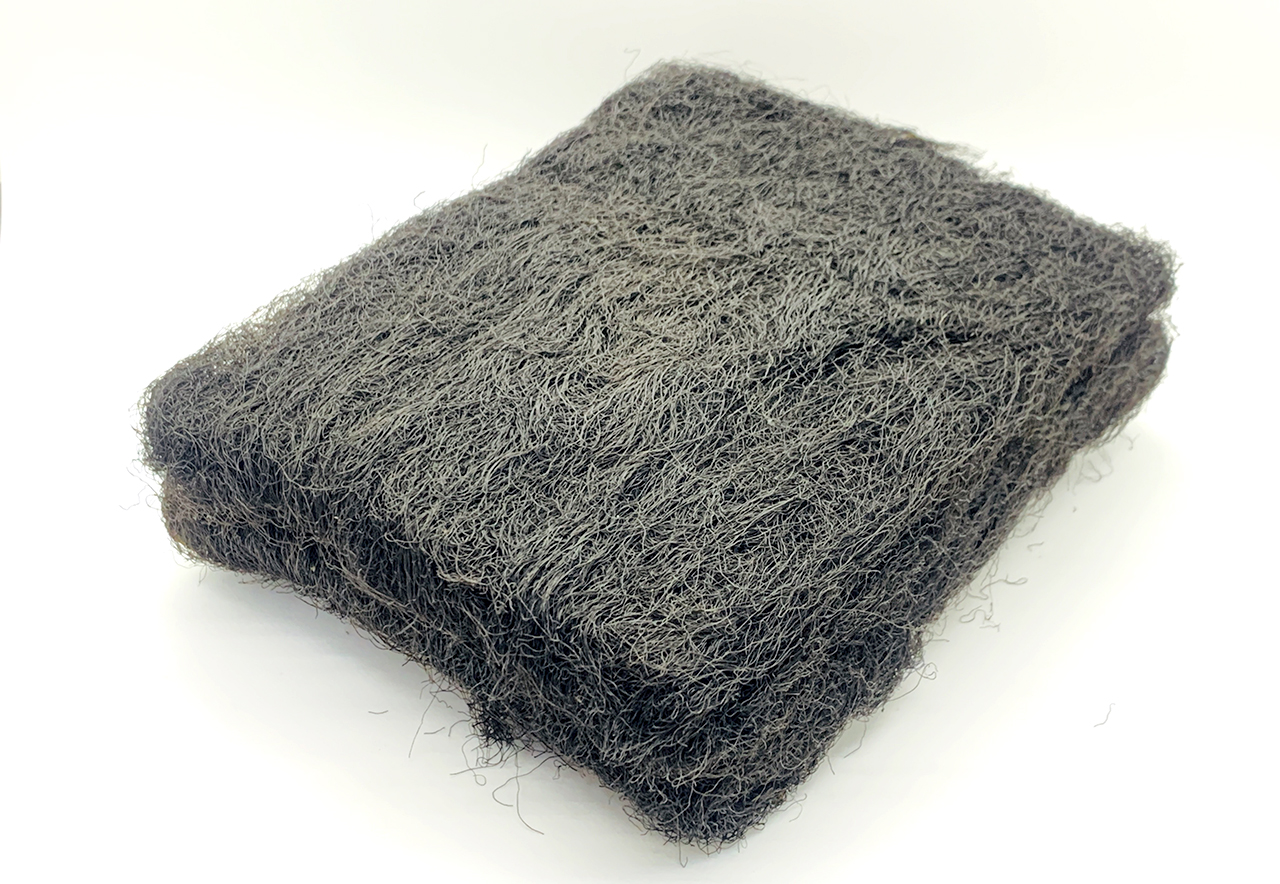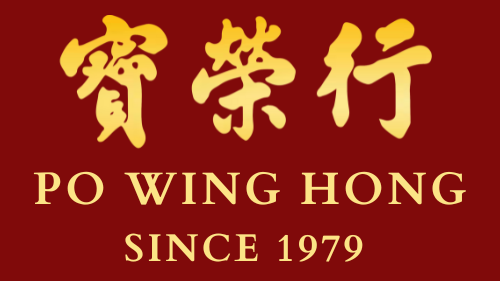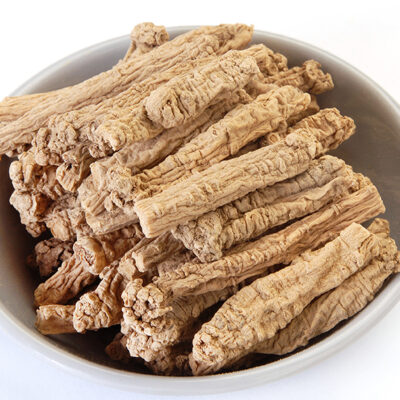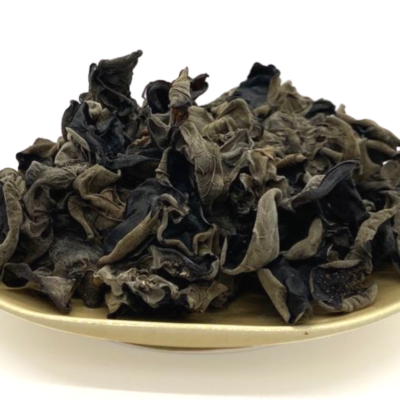
English name: Nostoc Flagelliforme
English Common name: Fat Choy, Black Moss, Hair Moss, Hair Weed.
Chinese Name: 髮菜 (Mandarin: fǎcài / Cantonese: faat3 coi3)
What is Fat Choy/ Black Moss?
- Fat Choy/ Black Moss is a terrestrial algae and cyanobacteria. Its Chinese name derives from its black color and slender silkiness and its resemblance to hair. Since Fat Choy sounds phonetically the same as 發財 (Fā cái) meaning “Get Rich”, it has become a center dish during Chinese New Year.
- Fat Choy is not a vegetable but a blue-green algae that grows in the soil.
- With environmental impact, we can consume Fat Choy occasionally in small quantities, it can make a nice “prosperous” treat.
- Fat Choy itself does not have any taste like sea cucumbers, but it can absorb other dishes fragrant.
Are there any health benefits?
- Fat Choy contains much protein and carbohydrates as well as high iron content which aid the production of red blood cell.
- It is low in fat and cholesterol
- It is cooling in nature, thus expelling heat and phlegm, relief constipation and lower high blood pressure.
How do I select Fat Choy?
- Fat Choy should be black, long, and free of impurities. Quality Fat Choy should have elasticity and fragrant.
- Beware of imitated Fat Choy that have similar appearance but are made from corn silk.
How do I consume Fat Choy?
- Wash Fat Choy/black moss thoroughly to remove the grit and sand. Soak in water for 20 minutes. Drain and squeeze out the water. Add 1 tbsp oil and mix well. Rinse the Fat Choy until it is completely clean.
- Recommended Recipe: Braised dried oysters with Black Moss/ Fat Choy and Chinese Mushroom is a New Year favorite for Chinese.



